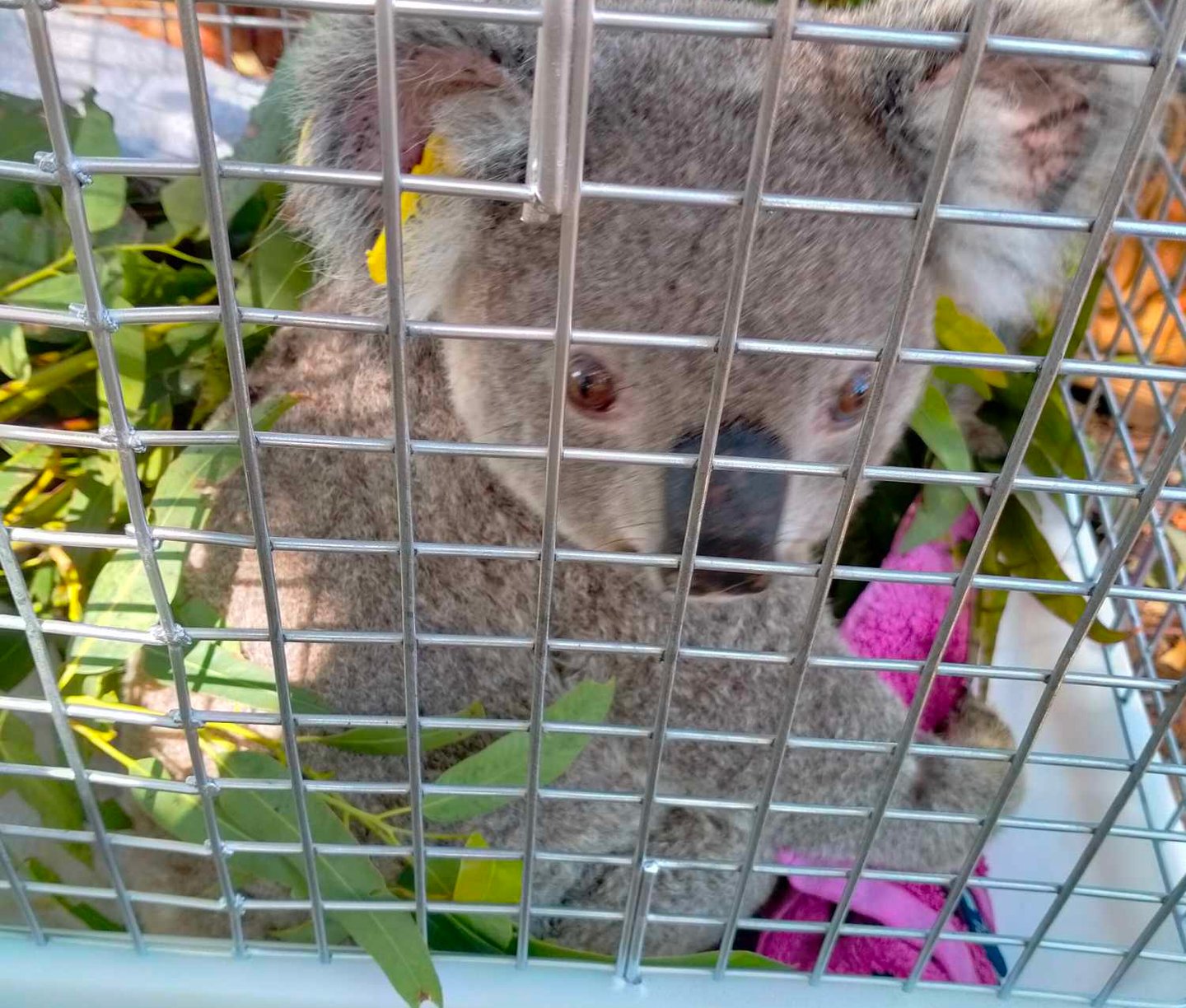The Crucial Role of The Animal Ambulance In Emergency Wildlife Transport
Koala Crossroads is a Brisbane-based charity dedicated to educating the community about koalas. Through events, awareness campaigns, and school visits, we empower individuals to help these endangered animals. Our fundraising efforts support local rescue groups with essential equipment, ensuring a brighter future for our beloved koalas.
Koala Crossroads
5/8/20243 min read


The Crucial Role Of Emergency Transport
In the heart of Australia’s diverse landscapes, wildlife faces numerous challenges, from habitat destruction to road collisions. Among the most affected are iconic species such as koalas, possums, and kangaroos, which often find themselves in dire situations requiring urgent care. Emergency transport services for these animals are crucial in ensuring their survival and well-being. When wild animals are injured—whether due to vehicle strikes or natural disasters—they often need immediate medical attention. This is where emergency wildlife transport comes into play. Trained volunteers and wildlife rescue organizations step in to provide swift and specialized assistance. The transport process involves several key steps, emphasizing not only the urgency of the situation but also the sensitivity required when handling these fragile creatures.
Understanding the Need for Emergency Transport Wildlife rescue operations frequently receive calls regarding injured animals. It is vital for responding teams to assess the situation quickly. An animal in distress can exhibit signs of fear or stress, making careful handling essential. For species like koalas, who often experience high levels of stress during transports, a calm and quiet environment is crucial for their recovery.
Assessment and Rescue Once on the scene, wildlife rescuers evaluate the animal’s condition. This includes checking for visible injuries, as well as assessing the overall health of the animal. Each species requires a specific approach; for example, sedating a kangaroo may be necessary to safely transport it, while a koala may simply need gentle handling to avoid exacerbating any potential injuries. Rescuers are trained to identify the most appropriate steps to stabilize the animal before transport.
Veterinary Care Upon arrival at the veterinary hospital, the animal is handed over to a team of wildlife veterinarians who specialize in treating the specific species. This part of the process is critical; it often determines the animal's chance of recovery. Quick and efficient transportation directly influences the outcome of their care—early intervention can spell the difference between life and death.
Aftercare and Rehabilitation Once treated, the journey is not over. Many animals need time to recover and rehabilitate before being reintroduced into the wild. Wildlife rehabilitators play a vital role in this process. They provide necessary follow-up care and monitor the animals until they are ready to regain their natural independence. Transporting these animals to rehabilitation centers is yet another crucial step in their recovery.
The Role of Volunteers and Community Engagement Emergency wildlife transport is heavily reliant on the dedication of volunteers and community support. Organizations that specialize in wildlife rescue often run training programs to equip volunteers with the skills needed for wildlife assessment, handling, and transport. Community involvement not only raises awareness but also fosters a collaborative effort to protect and preserve Australia’s unique wildlife.
Technological Innovations in Emergency Transport Recent developments in technology have also contributed to enhancing emergency wildlife transport services. Mobile apps and digital platforms now enable quicker reporting of injured wildlife incidents. This improved communication allows for faster response times and better coordination among rescue teams, helping to streamline the rescue process.
Lessons Learned and Future Directions As we move forward, it is essential to continue developing comprehensive strategies to improve emergency response for wildlife. Educational campaigns can help reduce vehicle collisions with wildlife by promoting safer driving practices in vulnerable areas. Additionally, ongoing research into wildlife rehabilitation techniques will benefit future rescue efforts. Emergency transport for koalas, possums, kangaroos, and other wildlife is an essential service that significantly impacts animal welfare in Australia. By understanding the importance of quick response times, specialized equipment, and community support, we can all play a part in helping wildlife in need. The efforts of dedicated individuals, combined with advancements in rescue operations, create a brighter future for Australia's unique and cherished wildlife population.
